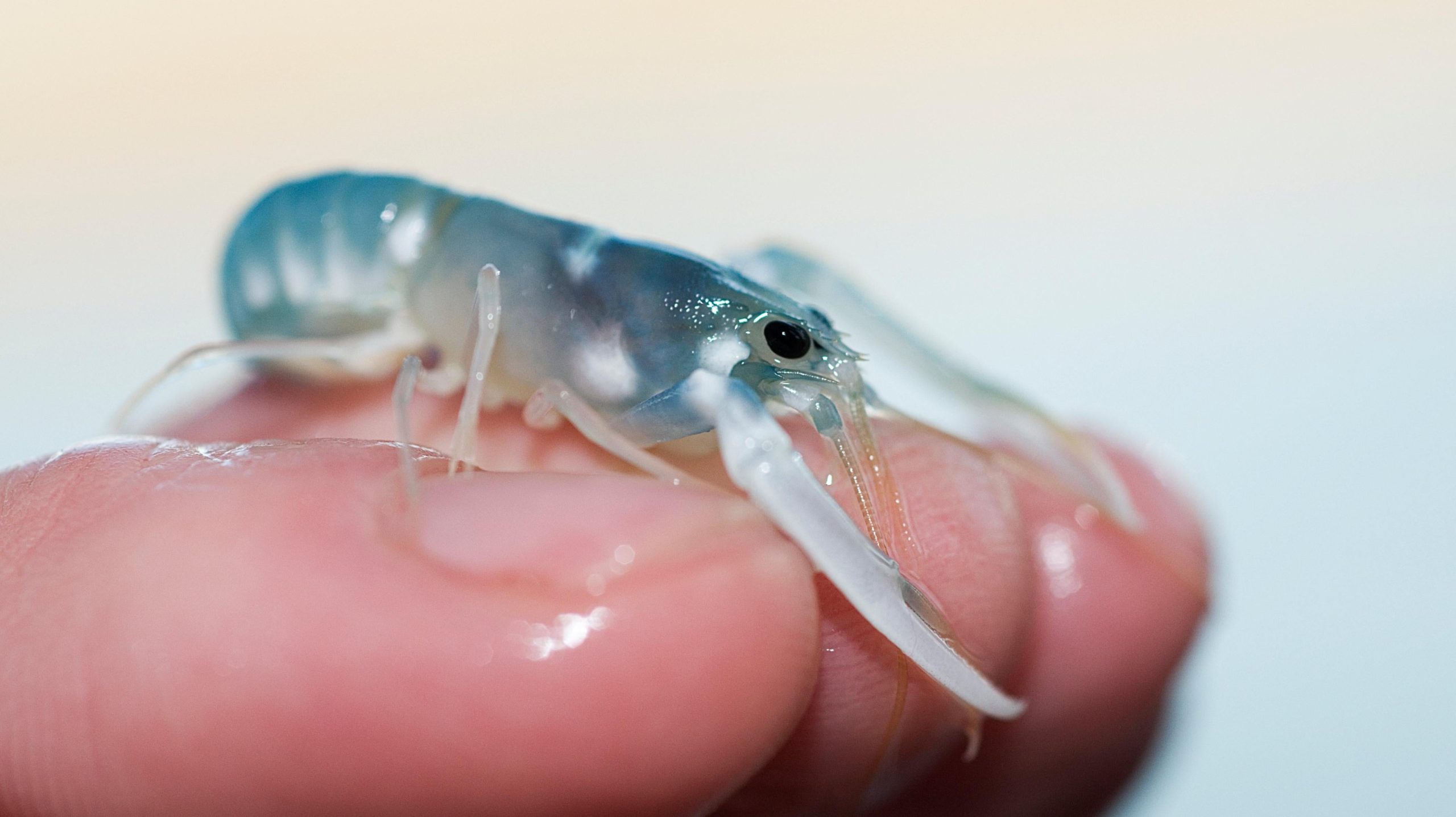For all anyone knows, some species of lobster may regularly live past 100 years. But these crustaceans are hard to accurately age — often, people simply guess by how big they are, but that’s a flawed method. Now, a team of researchers from the University of East Anglia have figured out that slight changes in European lobster DNA as the animals grow older can be used to determine their ages precisely.
Besides a desire to confirm that the quiet, mysterious crustaceans are in fact mortal, lobsters’ age has some commercial utility. Knowing the age breakdown of a fishery stock allows fishers to make conclusions about the population’s health. Lobster size remains a rough placeholder for lobster age, but individual animals can grow at drastically different rates.
In recent years, scientists have found that crustacean ages can be calculated by counting rings in their eyestalks and stomachs, as tree scientists do with their subjects, but that method wasn’t completely proven on lobsters. What’s more, it could only be applied to dead individuals, rendering it pointless for measuring living populations. A more practical method was needed.
To that end, university geneticists and biologists teamed up with the Centre for Environment, Fisheries and Aquaculture Science of the United Kingdom and the country’s National Lobster Hatchery, to settle the longstanding quandary once and for all. Their results were published last month in Evolutionary Applications.
“Having an accurate indication of lobster age will help fisheries, scientists and conservationists alike to understand, manage and conserve our vulnerable lobster stocks, working hand-in-hand with proactive fisheries management strategies, such as stock enhancement,” said study co-author Carly Daniels, the head of production science and development at the National Lobster Hatchery.

The method the team came up with relies on the ribosomal DNA of the European lobster (Homarus gammarus). As the crustaceans age, parts of the DNA strand will gain or lose a methyl group, which typically attaches to where cytosine precedes guanine in the genetic code. The way some of these methyl groups are added or removed from the lobsters’ DNA is precisely correlated with the animals’ ages, the team realised.
“We identified a very strong relationship between age and DNA modifications, which allowed us to accurately estimate the ages of individual lobsters,” said co-author Martin Taylor, a molecular ecologist at the University of East Anglia, in a university press release. “Applying this method to wild lobsters predicted ages that generally aligned with minimum estimates of age based on size.”
In an email to Gizmodo, Taylor added that the technology “has the potential to be applied to other species” but would require similar calibration to each species as the team did with the European lobster.
The technique isn’t perfect. As the animals get older, the team’s model must extrapolate their ages to a greater degree. So while younger lobsters’ ages could be determined within a couple of months of their true age, things get hazier when the animals have a good run at life. Some of the lobsters the team looked at in their study were over four years old, but European lobsters can live to 70 years — nearly the average human life expectancy — and American lobsters can become centenarians, as CBC reports.
Lobsters aren’t the only marine creatures whose ages have been mysterious to us. Great white sharks, once thought to only live around 20 years, can actually make it to at least 70.
More: Do ‘Stoned’ Lobsters Really Feel Less Pain When Cooked Alive?
